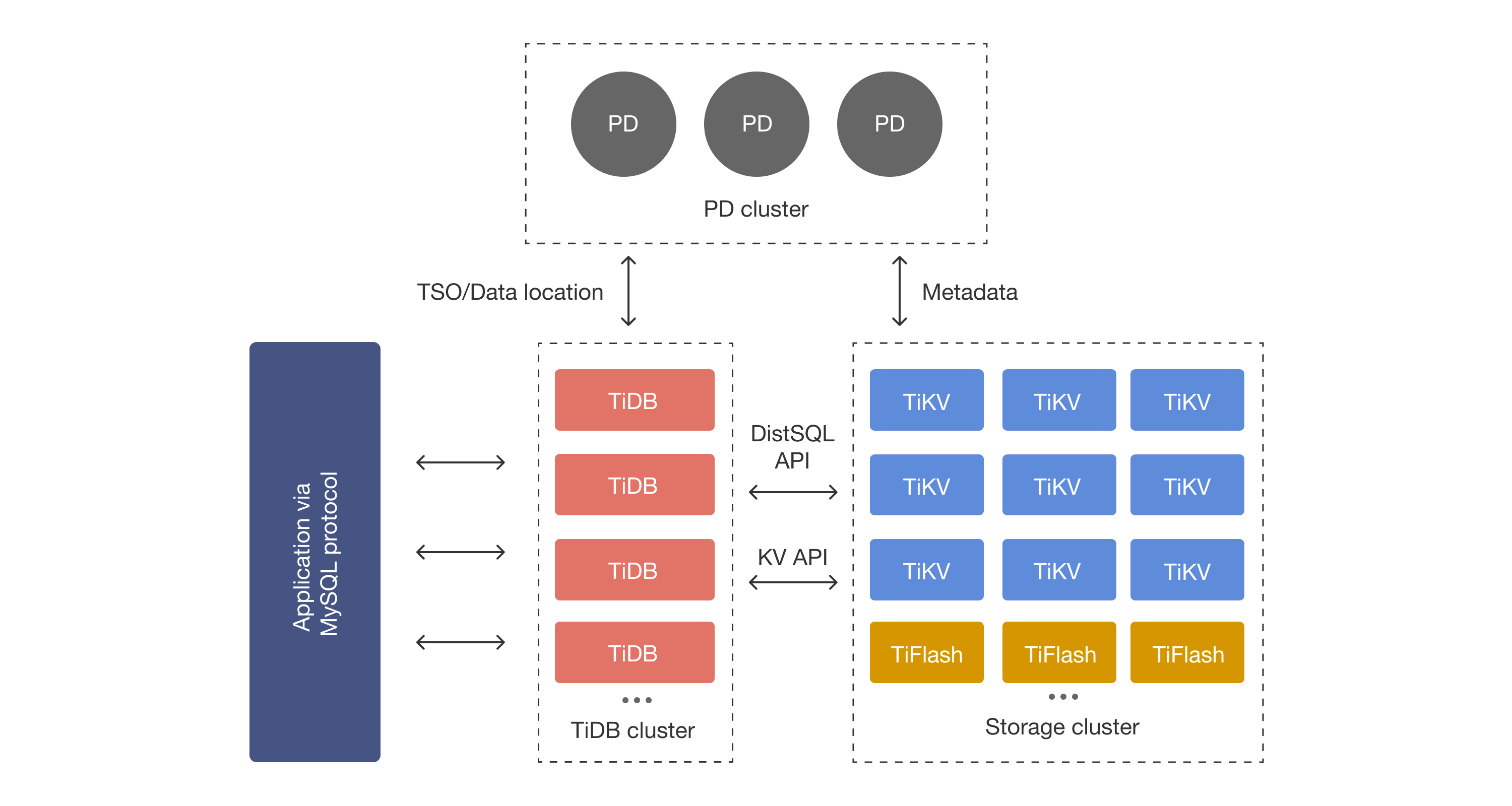Cabbage, Goat, and Wolf Puzzle in TLA+

Over the past couple of months, I have been harping on the value of TLA+ for teaching engineers the art of abstraction . It is important to emphasize that this is an art, not a science, and it is best learned through studying examples and practicing hands-on with modeling. TLA+ excels in providing rapid feedback on your modeling and designs, which facilitates this learning process significantly. Modeling the "cabbage, goat, and wolf" puzzle taught me that tackling real/physical-world scenarios is a great way to practice abstraction and design -- cutting out the clutter and focusing on the core challenge. How will you represent this world? What will be your actors, objects, and the relations between them? Will one approach result in a cleaner protocol model than another? Or, as I like to ask, does the protocol flow cleanly from the model? The puzzle description Here is the puzzle. A farmer with a wolf, a goat, and a cabbage must cross a river by boat. The boat can carry only t






